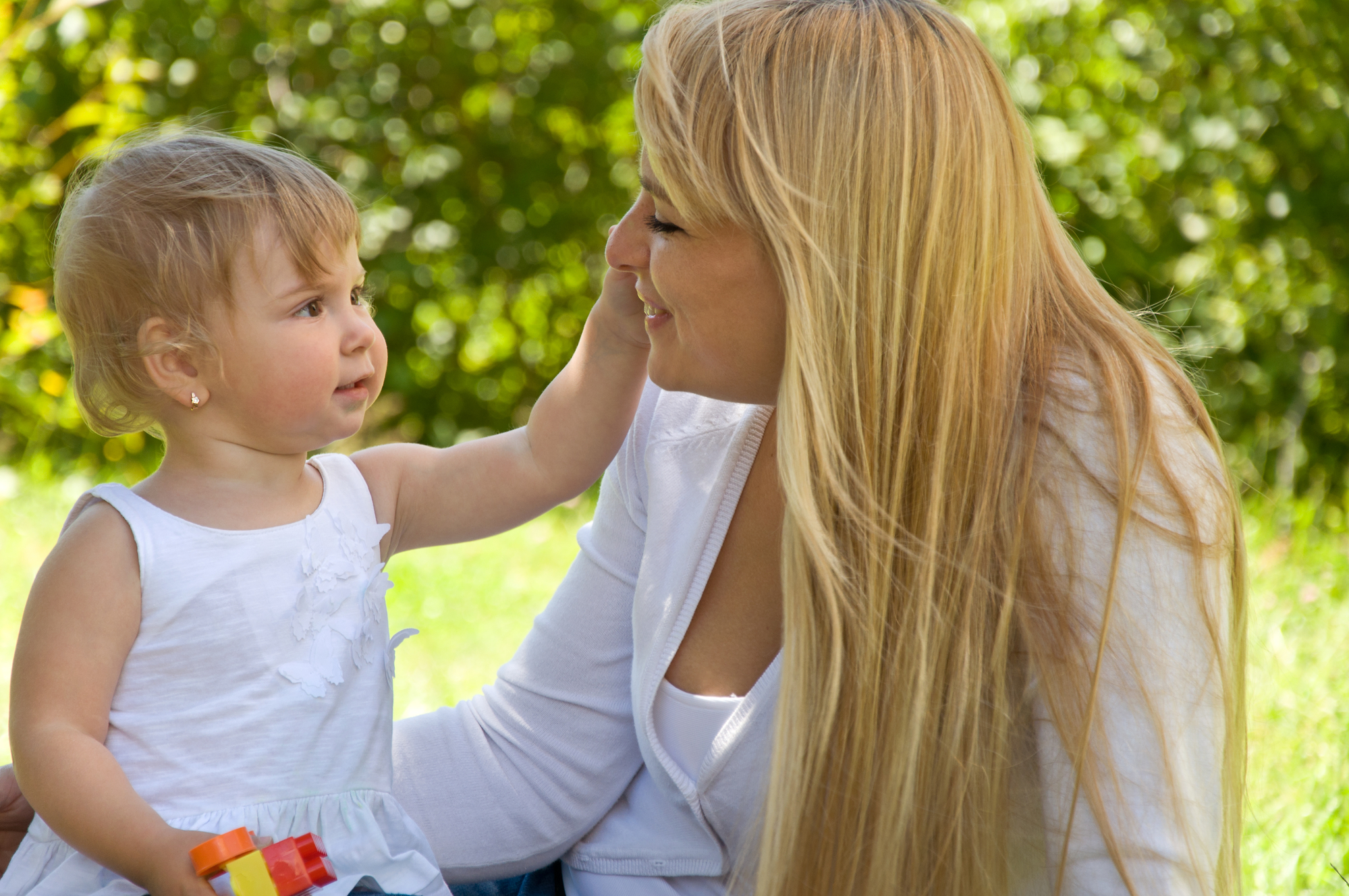By Sophie Musgrave, Youthrive Occupational Therapist
What is parent-child attachment?
Being a parent is often coined the hardest job on the planet. One of the most difficult tasks of a parent is understanding how to respond to your child’s emotion. By examining the parent-child attachment dynamic, we can better understand what influences our reactions, how this affects our relationships and how we can modify these to improve our relationship with our child.
Attachment is an innate behaviour which occurs between a child and their caregiver from birth. The purpose of this attachment is to ensure the child has their physical and emotional needs met to allow them to be confident in exploring their world around them. Attachment remains with us through our lives and affects our relationships with family, friends, partners and children.
What are the types of attachment?
In a secure attachment, children are likely to feel comfortable exploring their environment, making new friends, trying new things, etc. without their caregivers and enjoy returning to their caregiver later to delight in their activities. They generally feel comfortable separating from their parents, and are happy to greet their parents when they return.
In anxious attachments relationships, it is common to see children reluctant to leave their caregiver and may have strong emotional reactions to this. Children may seek what seems like excessive reassurance or become disproportionally upset if being ‘told off’.
Children who have an ambivalent attachment style appear to be significantly distressed when their caregivers leave them, however, do not seek the comfort of their caregiver when they return. They are also avoidant of strangers and may be described as ‘clingy’ towards their caregivers.
Avoidant attachments are characterised by a lack of comfort seeking from the child towards the caregiver. Children may not seem to care whether their caregiver is present or not and often have trouble communicating emotions.
Disorganised attachments are the least common type of attachment. Children who have this attachment style often display unpredictable attachment behaviours and may appear weary of their caregivers.
How does our attachment affect us?
Children who have developed a safe and secure relationship with their parents are known to have more positive outcomes when it comes to self-esteem. Adults who had secure attachment relationships in their childhood are more likely to trust others, feel comfortable sharing their emotions, problem solve, cope when things don’t go their way, have lasting and better quality friendships and relationships, and have open communication techniques.
How can we strengthen our relationship with our child?
Reframe the blame.
Often when a child is ‘acting out’ we can be quick to having blaming thoughts such as ‘my child is attention seeking’ or ‘my child is trying to make this difficult for me.’ Instead, try searching for what your child may be communicating to you. One of the most common needs communicated through attention seeking behaviours is the child’s need for increased connection and attention.
Find the balance.
It is recommended that parents follow their child’s lead where possible. This looks like playing with toys/games that they bring to you, asking questions about their preferred topics, and providing them with choices throughout their day. However, there are times when it is necessary for parents to be in charge. Following through on instructions is an important part of helping your child to understand that you have the final say in the relationship as you know best. Although following through can often escalate ‘naughty’ behaviours in the short term, being consistent with your child will lead to positive long term outcomes.
Co-regulate.
Learning the skills for self-regulation can be difficult, even for a child with a secure attachment to their caregivers. Our children watch how we regulate and often adopt the same behaviours. We can teach our children to label their emotions and use appropriate coping strategies through modelling this process to them and actively doing it with them. All emotions are necessary and part of life – we need to have the skills to cope with all of them.
Take the time to understand and repair.
Arguments, tantrums and meltdowns in parent-child relationships are inevitable. Both the child and parent are learning in this process and mistakes are necessary. During this time, it is important for parents to take a step back and manage their own reactions. It can be easy to become agitated by your child’s behaviour and it may be hard to understand why they are acting this way. There is always a reason. Have you ever vented your frustration to a parent, friend or partner? How did it feel when you have shared your difficulties with someone who made your problems feel invalid? Children have this very same feeling. By getting down on their level, reflecting their emotions back to them and validating their emotions, we can make our children feel heard. Following this, we can implement co-regulation strategies. And remember – there is no such thing as a perfect parent. If you find that you have lost your temper with your child, it is important to repair the relationship. Take the time to explain to your child what you were feeling and why and let them know that you are there to love and support them.
Caregivers matter too!
Look after your own needs. It can be natural to put the needs of your child or family above your own, but how will this affect you in the long run when you have run out of steam? Being the best version of you will allow you to be the best caregiver for your child.








